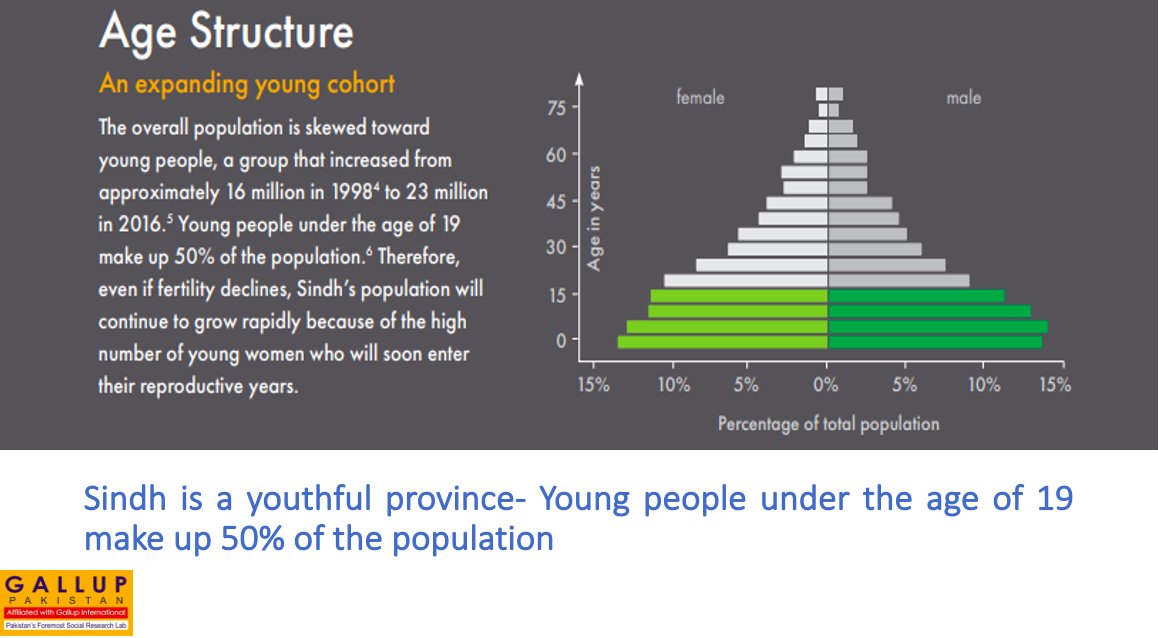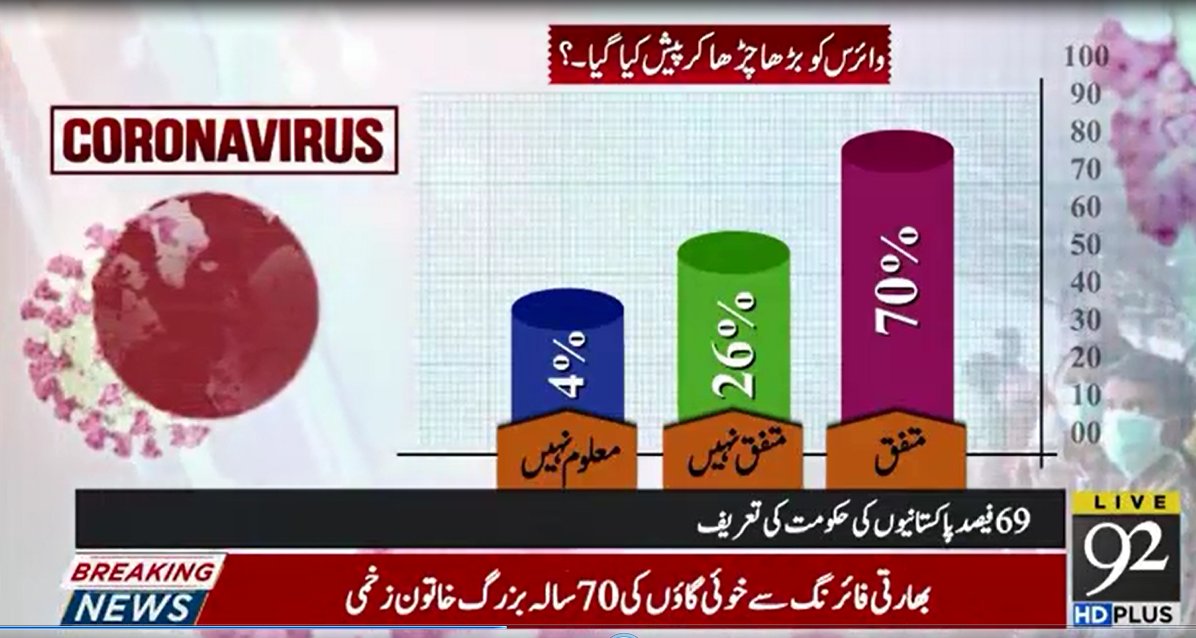Gallup Pakistan collaborated with Pakistan Microfinance Network to estimate the potential market for #Mircofinance in Pakistan including #Credit, #savings, #payments and #insurance.
Link to report: pmn.org.pk/estimating-the…
Link to report: pmn.org.pk/estimating-the…
The report provides a statistical overview of the current microfinance landscape in Pakistan & it explores three penetration levels based on data collected in the following three studies: Access to Finance Survey, Household Integrated Economic Survey & the National Poverty Report
Key Findings:
1. Based on estimation models using A2Fs 2015 data the potential market for microcredit in Pakistan is estimated to be 40.9 million for people aged between 18-65 years.
1. Based on estimation models using A2Fs 2015 data the potential market for microcredit in Pakistan is estimated to be 40.9 million for people aged between 18-65 years.

2. The potential market for microdeposits for the target market (age bracket of 18-65 years) in the year 2018-19, is estimated as 60.9 Million adults across Pakistan. 

3. Furthermore, estimate reveals that in the 18-65 age bracket, there is an estimated 57 million health insurance potential and a 22.3 million life insurance potential in Pakistan. 

4. The potential market for micropayments is estimated as 82.1 million people for the 18-65 age brackets in Pakistan. 

5. Micro-enterprise potential for microfinance: estimates show that in Pakistan there are about 5.8 micro-enterprises and all these businesses constitute a potential market for the microfinance industry. 



For more details on the estimates, please access the full report at pmn.org.pk/estimating-the…
• • •
Missing some Tweet in this thread? You can try to
force a refresh

















